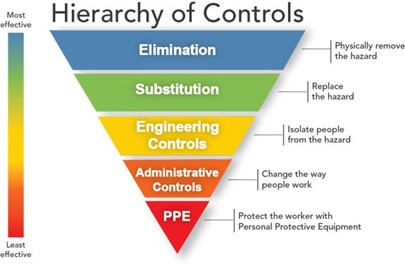Risk reduction is the theme for the third week of National Safety Month, focusing on identifying and mitigating potential hazards in the workplace. Proactive risk management is essential for creating a safe work environment and preventing accidents before they occur.
Reducing risk for workplace injury, illness and death is at the heart of NIOSH research and prevention efforts. A guiding principle is the hierarchy of controls, a way of determining which actions will best control exposures. The hierarchy of controls has five levels of actions to reduce or remove hazards with the most effective actions at the top of the pyramid. From most effective to least: elimination, substitution, engineering controls, administrative controls, and PPE.

Using this hierarchy can lower worker exposures and reduce risk of illness or injury. However, the most effective controls involve the most action from your safety team. Creating a risk management guideline should be your team’s first step.
Approaching risk reduction involves a systematic process that helps identify, assess, and manage potential risks to minimize their impact. Wisconsin Safety Council provides a comprehensive step-by-step guide to risk reduction:
- Identify Risks: Gather insights from team members and experts to identify potential risks. Use checklists and industry-specific frameworks. Analyze past experiences for recurring risks.
- Assess and Prioritize Risks: Use qualitative and quantitative analyses, then prioritize the risks by potential impact and probability.
- Develop Mitigation Strategies: Avoidance, Reduction, Transfer, Acceptance.
- Implement Mitigation Plans: Specify steps, who’s responsible, and give timelines. Establish policies to prevent and manage risks. Train to ensure everyone understands their roles in risk management.
- Monitor and Review Risks: Regularly monitor your plan using risk dashboards and key indicators. Be willing to discuss risk status and new developments regularly. Adapt your plan with updates based on new information.
- Communicate and Report: Communicate risk consistently within your organization by keeping thorough records of all risk management activities.
- Learn and Improve: Analyze what happened and why after each risk incident, and encourage feedback to continuously improve your risk management processes.
By following these steps, organizations can systematically reduce risks and improve their resilience against potential threats.
Wisconsin Safety Council training courses including Job Safety Analysis, Incident Investigation, and Risk Assessment Workshop can help build your business’s risk management guide, and most importantly get your workers home safely.




